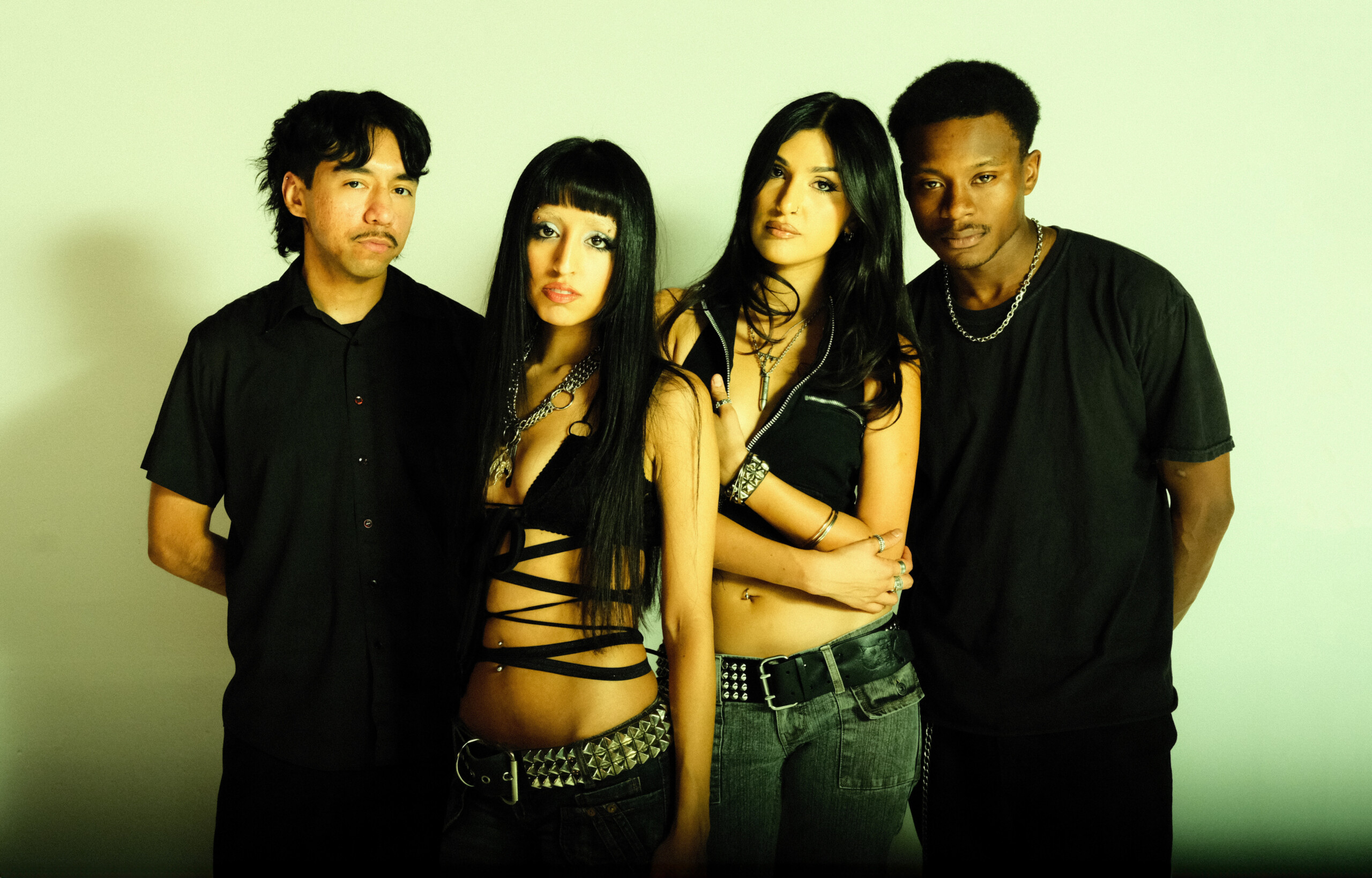
Joni Mitchell’s surprise performance at the Newport Folk Festival on Sunday is already becoming the stuff of legend. The unsuspecting crowd roared as the singer-songwriter stepped onto the stage in her first public performance since suffering a debilitating brain aneurysm in 2015.
And they continued to revel as the nine-time Grammy-winning singer regaled the lucky audience with many of her most beloved songs, including “Big Yellow Taxi” and “Both Sides Now,” as well as a cover of “Summertime.”
“The last time Joni performed with guitar in hand in front of a paying audience was 8,660 days ago, on her 55th birthday,” according to Mitchell’s website.
Many devoted fans never thought this day would come again after Mitchell’s brain aneurysm – an abnormal swelling in an artery in the brain – which left her unable to speak or walk, much less play the guitar.
In an interview with CBS News following the show, the iconic singer, who is now 78, talked about losing the ability to speak and walk, or even get out of a chair. She described the experience of the last few years as “a return to infancy.”
Mitchell also explained that she relearned to play guitar by watching videos of herself “to see where I put my fingers.”
On Sunday, she delighted festival-goers when she got up from an opulent, gold-trimmed arm chair to play a guitar solo during a rendition of “Just Like This Train.”
It’s taken years for the revered singer to regain even the most basic skills
Dr. Anthony Wang, a neurosurgeon at Ronald Reagan UCLA Hospital, is among those who are astounded by Mitchell’s recovery.
“To be able to recover to the point of being able to perform as a musician is really incredible,” Wang told NPR. Brain surgeons often use “return-to-work” as a marker of a successful functional recovery, he explained. “But very rarely is that work quite so nuanced.”
While there are different types of aneurysm events, Wang explained that the most life-threatening are those in which the weakened wall of the blood vessel balloons out, then ruptures because of the intense pressure.
“That’s a really dangerous condition and nearly half of those patients die before they ever make it to the hospital,” Wang said “And the ones who do, about half of them are left with permanent neurologic problems.”
For those who do survive a rupture, Wang said “that event will cause problems like paralysis or coma, aphasia and seizures.”
It is unclear what type of aneurysm Mitchell suffered – whether it ruptured at all or was caught in time to prevent that from happening. She was found unconscious in her home on March 31, 2015, and in the years since beginning rehabilitation therapy, she has been fairly private about the details of what occurred. In either case, Wang said Mitchell’s recovery must have taken immense commitment.
As recently as October 2020, Mitchell told The Guardian that the effects of the brain aneurysm were more devastating than the bout of polio that left her unable to walk as a child.
“Polio didn’t grab me like that, but the aneurysm took away a lot more, really. Took away my speech and my ability to walk. And, you know, I got my speech back quickly, but the walking I’m still struggling with,” she said.
What it takes to recover from a brain aneurysm
Wang suggested the success of her recent recovery is likely three-pronged: the immediate treatment Mitchell received from surgeons to protect the aneurysm from bleeding again. “After that, patients will start their rehabilitation, their physical rehabilitation, their cognitive and mental rehabilitation and so on.” He described this as a “a really, really critical period” when great strides in recovery can be made.
Based on Mitchell’s present ability to function, he said, it appears that she had “a really good kind of recovery period, which doesn’t happen for everybody but does happen for a lot of patients.”
Lastly, Wang touched on Mitchell’s will to regain the skills she reportedly lost. That’s something the singer also spoke about with CBS, saying, “I don’t know, but the surgeon that did the brain surgery on me, he said I had will and grit.”
When asked if Mitchell’s attempt to relearn how to play guitar was the same as someone learning to play the instrument for the very first time, Wang said it’s unclear because it depends on where the aneurysm may have ruptured.
If the injury occurred in areas of the brain that are responsible for motor strength, Wang said the patient can bounce back by working on strength training. But if it occurs in parts of the brain that are responsible for coordination of movements, then it is much more complicated.
“So playing an instrument and vocal cord coordination, those sorts of things, are really, super complex fine movements that would take a long time to relearn,” he said.
9(MDEwNzczMDA2MDEzNTg3ODA1MTAzZjYxNg004))

Mr. Al Pete and Notsucal Release Their Latest Collab, ‘G4.5’

Dinner Party, Tom Misch and More from the Neighborhood with Mr. Al Pete

An Ultra-Chill Playlist from the Latest Episode of Electro Lounge

Sing Out Loud Festival Returns With Hozier, Beabadoobee, Father John Misty, Vance Joy and More

Chicago Alt-Country Faves Wilco Return to St. Augustine with Indie-Folk Great Waxahatchee

Looking for an Alternative to Spotify? Consider Hopping on the band(camp) Wagon

Khruangbin to Bring ‘A LA SALA’ Tour to St. Augustine in April

Perfume Genius, Flipturn, Tamino + Mitski and 6 New Songs to Stream

Song of the Day | “all tied up” by Glixen




